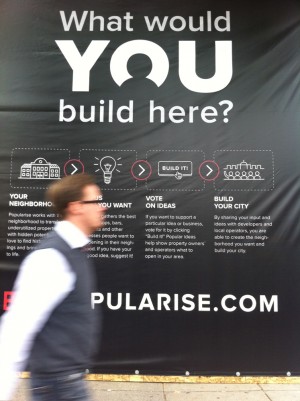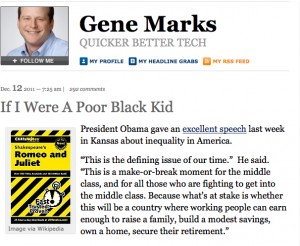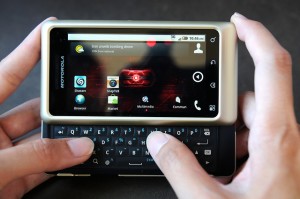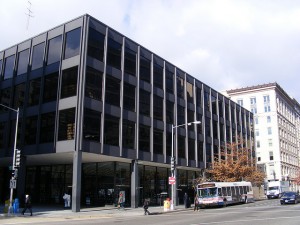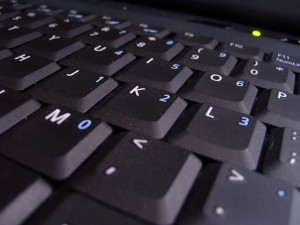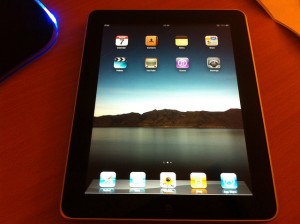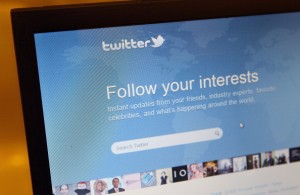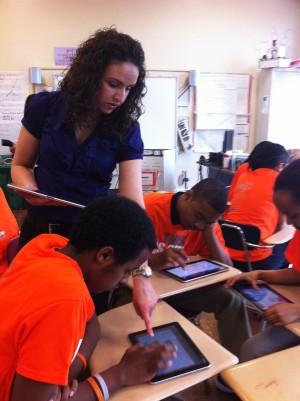
Elahe Izadi / DCentric
Teacher Bernadette DeSario works with students conducting historical research on wireless tablets.
Coolidge High School students sit in small groups as they prep for their Advanced Placement U.S. history exam. They’ll be expected to write essays on the materials they’ve learned.
“How or why did the anti-slavery movement become more radical during the period between 1815 and 1816?” teacher Bernadette DeSario asks the students during a class last week. ”We’re going to look at a couple of websites that will provide us with primary source documents.”
The students hunch over small, wireless tablets, swiping the screens as they read letters and other 19th century documents, looking for information to support their answers.
Coolidge doesn’t have many computers, principal Thelma Jarrett said. These students get to use tablets provided by Verizon Wireless, through a program running at four D.C. high schools. It’s intended to level the playing field for high school students in low-income schools, particularly as they get ready for college. The program includes tablets that students can use during class, and also a bus converted into a “learning lab,” stocked with tablets, printers and other devices. The bus, which visits the school once a week, is where students go to get help from Howard University tutors in writing college essays and applying to schools.
Coolidge is a Title 1 school, meaning a high percentage of its students come from low-income homes; 64 percent of the student body qualifies for free or reduced lunches. DeSario said many of her students don’t have access to technology, and that the using the tablets helps them develop good, online research skills.
“It’s putting them so far ahead,” she said. “When they get to college, they’re going to be expected to know how to use this technology.”



